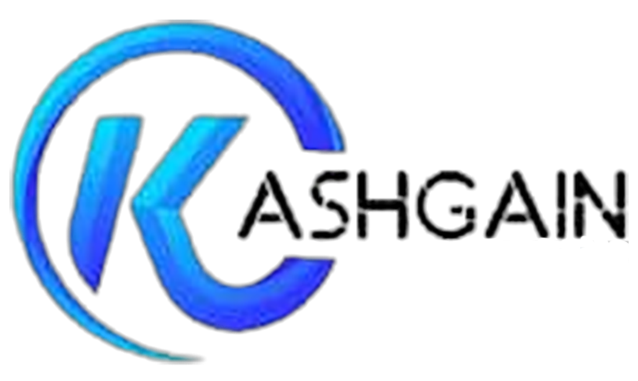E-Marketplace Vs. Traditional Retail: Pros And Cons For Consumers And Businesses
When it comes to buying and selling products, there are many options available to both consumers and businesses. Although conventional retail has historically served as the foundation of business, the emergence of e-marketplaces has completely changed how we purchase and sell goods. We'll examine the benefits and drawbacks of e-marketplaces against traditional retail from the viewpoints of businesses and consumers in this blog article, assisting you in navigating the dynamic world of commerce.
Pros and Cons for Consumers
E-Marketplaces:
Pros:
Convenience: E-marketplaces provide customers with unmatched convenience by enabling them to buy whenever they want, from the comfort of their homes, or while they're on the road.
Wide Selection: E-marketplaces usually feature a large number of products from different sellers, giving customers a lot of options.
Price Comparison: On e-marketplaces, customers can quickly compare prices from several suppliers, allowing them to select the best offers and save money.
Access to Reviews: Customers can make well-informed purchasing decisions by reading reviews and ratings from other users on e-marketplaces.
Cons:
Inability to See or Touch Products: The inability to physically view or touch things before making a purchase is one of the disadvantages of online markets, since it may cause doubt or disappointment with the product upon delivery.
Shipping Costs and Delays: On online marketplaces, there can be a wide range of shipping costs and delivery dates. While some vendors provide free shipping and quick delivery, others might have higher shipping rates or longer wait times.
Potential for Counterfeit or Subpar Products: E-marketplaces may have difficulty confirming the legitimacy and caliber of goods offered by independent vendors, which raises the possibility of buying phony or inferior goods.
Traditional Retail:
Pros:
Tangible Shopping Experience: The tangible shopping experience provided by traditional retail can improve the overall buying experience since it enables customers to see, touch, and try on things before making a purchase.
Immediate Gratification: In traditional retail, customers do not have to wait around for shipment; instead, they can buy things right away and take them home.
Personalized Customer Service: Personalized customer service is a feature of many conventional retail establishments, and staff members with expertise are on hand to help customers and make recommendations.
Cons:
Limited Selection: Compared to e-marketplaces, traditional retail businesses could provide a smaller assortment of products, especially for specialized or niche markets.
Limited Hours: Conventional retail establishments usually have fixed operating hours, which restricts customers' ability to shop after regular business hours.
Potentially Higher Prices: Due to overhead factors like rent, utilities, and staffing, traditional retail businesses may have higher prices than online merchants who might have reduced overhead and operational costs.
Pros and Cons for Businesses
E-Marketplaces:
Pros:
Global Reach: E-marketplaces give companies the chance to connect with a worldwide audience, growing their clientele beyond regional boundaries.
Lower Overhead Costs: Compared to traditional retail, selling on e-marketplaces sometimes means cheaper overhead expenses because companies may not need to invest in real storefronts or employees.
Access to Data and Analytics: E-marketplaces generally give companies access to useful analytics and data, allowing them to measure sales, keep an eye on consumer behavior, and improve marketing tactics.
Cons:
Increased Competition: It might be difficult for businesses to stand out in the crowded e-marketplaces where many sellers are fighting for customers' attention.
Reliance on Platform Policies: Companies that sell on e-marketplaces must abide by the rules and guidelines established by the platform, which may restrict their ability to operate with flexibility and autonomy in some areas.
Risk of Negative Reviews: A company's reputation and sales can be greatly impacted by negative comments or reviews on online marketplaces, underscoring the significance of continuing to provide high-quality goods and customer support.
Traditional Retail:
Pros:
Brand Visibility: Establishing a physical presence through traditional retail locations gives firms more visibility and recognition among local consumers.
Direct Customer Interaction: Businesses can establish relationships with customers directly through traditional retail outlets, get their input, and respond to their requirements immediately.
Control Over Customer Experience: In traditional retail settings, businesses have more influence over the customer experience—from shop layout and design to in-person encounters with personnel.
Cons:
Higher Overhead Costs: When compared to Internet sales, traditional retail operations frequently have greater overhead expenditures for things like rent, utilities, manpower, and inventory management.
Geographical Limitations: The reach of traditional retail stores is restricted to local or regional markets until expansion efforts are made due to their physical location.
Seasonal or Weather-Dependent Sales: Weather and seasonal elements can have an impact on traditional retail sales, which can change revenue and foot traffic.
Conclusion
E-marketplaces and traditional retail present different benefits and difficulties for customers and companies. In the end, personal tastes, corporate goals, and market conditions will determine which option is best. Understanding the benefits and drawbacks of each strategy is crucial for making wise decisions in the fast-paced world of business, whether you're a consumer wanting convenience and variety or a firm hoping to grow and boost sales.
We offer Varieties of Services on Kashgain, including;
Cheap and Affordable Airtime and Data Top-Up
Bet Wallet Funding
Recharge Card printing services
Cable TV subscriptions, Electricity Bill Payments, etc

